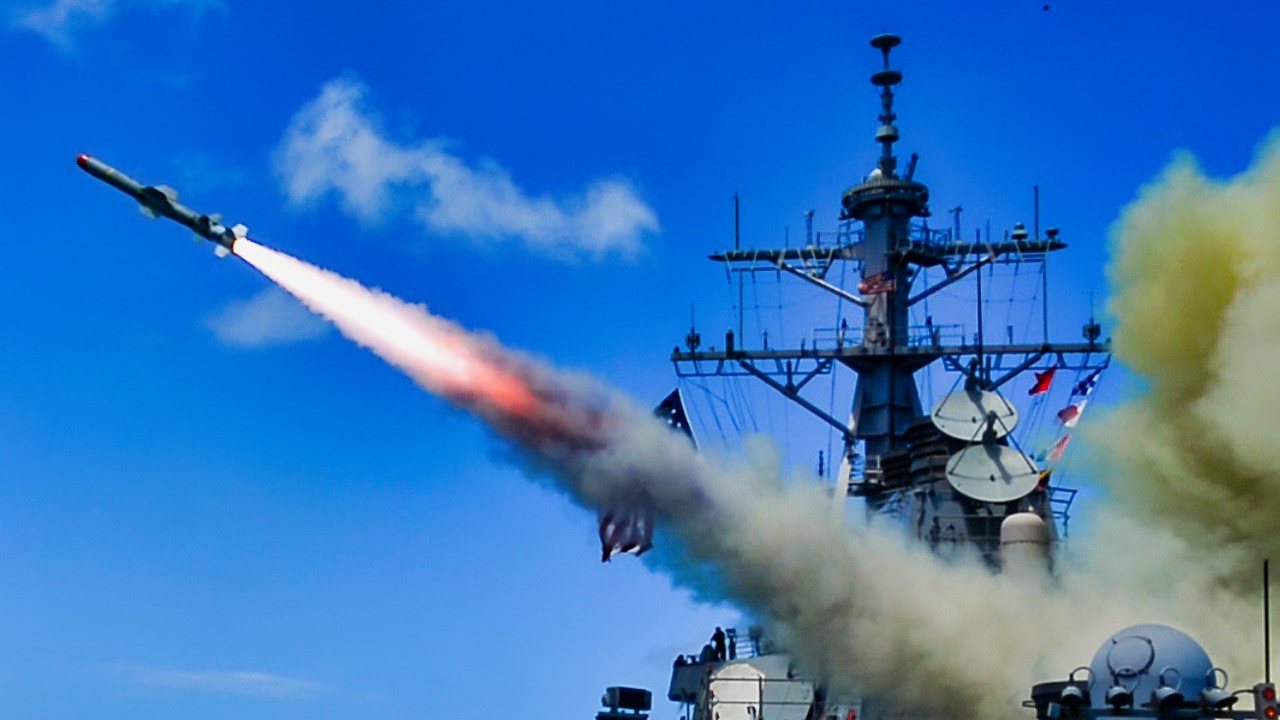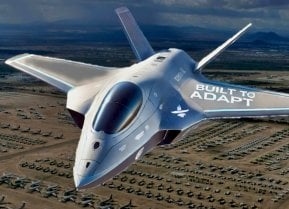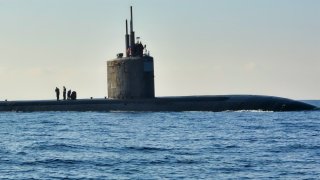Los Angeles-Class Submarine: Built to Battle Russia (Like World War III)
Despite some program challenges, the Los Angeles-class has been essential to U.S. naval supremacy and continues to play a key role in national security.
Summary and 5 Points You Need to Know: The Los Angeles-class, or 688-class, submarine was developed in response to the advanced Soviet submarine technology of the 1960s.
-Entering service in 1976, these fast-attack nuclear-powered submarines were designed to protect U.S. carrier battle groups and counter Soviet threats.
-With impressive speed, stealth, and firepower, including torpedoes, cruise missiles, and mines, the Los Angeles-class has proven highly effective over the decades.
-Today, 26 of these submarines remain active, making them the backbone of the U.S. Navy’s fast attack fleet.
-Despite some program challenges, the Los Angeles-class has been essential to U.S. naval supremacy and continues to play a key role in national security.
Developed in response to advanced Soviet submarines in the 1960s, the Los Angeles-class features improved speed, stealth, and weaponry.
These submarines carry torpedoes, cruise missiles, and mines, posing threats to submarines, surface vessels, and land targets. Despite some issues, the Los Angeles-class has been a highly successful and enduring platform for the U.S. Navy since its introduction.
The Los Angeles-class is a vaunted nuclear-powered fast attack submarine also known as the 688 class. The original 688 class was constructed from 1972 until 1996 before an improved 688i version was designed.
Today, 26 Los Angeles-class submarines remain in service – meaning there are more active Los Angeles-class submarines than any other class of submarine anywhere in the world. And the U.S. Navy, which hosts the world’s most impressive nuclear submarine fleet, has 50 fast attack submarines – meaning the Los Angeles-class comprises over fifty percent of the U.S. Navy’s fast attack fleet. Needless to say, the Los Angeles is an absolute staple.
Introducing the Los Angeles-Class for the U.S. Navy
Historically, U.S. attack submarines were named after marine animals, like the Seawolf or the Shark. But the Los Angeles-class, which features induvial subs like the Albany, New York, Los Angeles, and Tucson, are obviously named after American states and cities. When asked about the naming shift, Hyman Rickover, known as the “father of the nuclear Navy” quipped that “fish don’t vote.”
The development of the Los Angeles-class was prompted in the 1960s when U.S. intelligence noticed the increasingly sophistication of Soviet submarine technology – which was beginning to threaten the U.S. Navy’s carrier battle groups. Particularly, Soviet fast-attack submarines had developed the ability to hit speeds sufficient to keep up with U.S. aircraft carriers. Meanwhile, new Soviet missile submarines were developed with the ability to overwhelm US missile defenses. The US response: The Los Angeles-class, which entered development in 1967.
The Los Angeles was based upon the older Sturgeon-class submarine – although the Los Angeles was 50 percent larger than the Sturgeon and featured significant improvements in stealth technology and overall speed, which allowed the Los Angeles to keep pace with U.S. carriers and Soviet fast-attack subs.
The Specifications of the Los Angeles Submarines
The Los Angeles was designed to be fast and the Los Angeles is indeed fast. While the Department of Defense has publicized the Los Angeles’s top speed to be over 25 knots, the submarine’s true maximum speed remains classified.
Prolific military author Tom Clancy once speculated, in Submarine: A Guided Tour Inside a Nuclear Warship, the Los Angeles was actually capable of hitting speeds of 37 knots. Whatever the Los Angeles’s true top speed, we know that its high, and we can suspect it matched or succeeded the Soviet attack-sub speeds that prompted the Los Angeles’s design in the first place.
To achieve the classified top speed, the Los Angeles relies upon a General Electric S6G pressurized water reactor. The reactor’s coolant water heats water held in steam generators, which produces enough steam to power the propulsion turbines and ship service turbine generators.
Like the top speed, the Los Angeles’s true operating depth is also murky. The U.S. Navy has stated that the submarine’s maximum operating depth is 650 feet. But Patrick Tyler asserted in his book Running Critical that the Los Angeles can operate at depths up to 950 feet. Tyler, who cited the 688-class design committee for his depth figure (the committee has not commented on Tyler’s assertion), offers a conservative number relative to Jane’s. In the book Jane’s Fighting Ships, which Commodore Stephen Saunders of the Royal Navy edited, the Los Angeles is said to have a maximum operating depth of 1,475 feet.
For obvious and valid reasons, the U.S. government seems to have obscured the true specification of the Los Angeles-class submarine.
The Weapons of the Los Angeles Subs
The Los Angeles is a weapon after all. And fittingly, the submarine can carry about 25 torpedo tube-launched weapons in addition to Mark 67 and Mark 60 CAPTOR mines it carries. From the torpedo tubes, the Los Angeles can of course launch torpedoes and a variety of cruise missiles including Tomahawks and Harpoons.

As a result the Los Angeles poses not just a threat to enemy submarines and surface vessels, but also to land-based targets.
To detect against enemy weapons systems, the Los Angeles is equipped with a variety of sensors and sonars. The AN/BQQ-5 sensor suite, for example, gives the Los Angeles sonar capability. The AN-BQQ-5 was based upon the preceding AN-BQQ-2 sonar system. Feeding the sonar system are between 104 and 156 hydrophones and two towed arrays.
The 688i improved variant was outfitted with the AN-BSY-1 SUBACS submarine advanced combat system, which used an AN-BQQ-5E sensor system. Unfortunately, the AN-BSY-1 SUBACS was a problematic program resulting in cost overruns and schedule delays.
Problems aside, the Los Angeles-class has been a widely successful platform for the U.S. Navy. And while much of the submarines participation in U.S. foreign policy is done surreptitiously, we can assume that the Los Angeles class has played an active role in U.S. conflicts (and conflict avoidance) for the last half century.
About the Author: Harrison Kass
Harrison Kass is a prolific defense writer with over 1,000 articles published. An attorney, pilot, guitarist, and minor pro hockey player, Harrison joined the US Air Force as a Pilot Trainee but was medically discharged. Harrison holds a BA from Lake Forest College, a JD from the University of Oregon, and an MA from New York University. Harrison listens to Dokken.
All images are Creative Commons.


